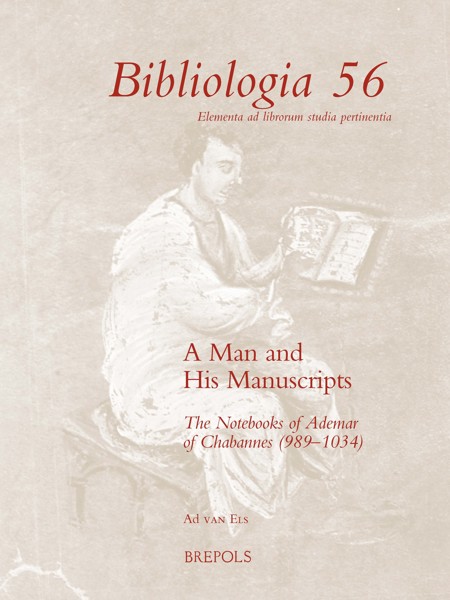
Premodern Jewish Books, their Makers and Readers in an Era of Media Change
Katrin Kogman Appel, Ilona Steimann (eds)
- Pages: 464 p.
- Size:216 x 280 mm
- Illustrations:106 col.
- Language(s):English
- Publication Year:2024
- € 115,00 EXCL. VAT RETAIL PRICE
- ISBN: 978-2-503-60463-3
- Hardback
- Available
- € 115,00 EXCL. VAT RETAIL PRICE
- ISBN: 978-2-503-60465-7
- E-book
- Available
This volume brings together studies about books as artefacts within transitional zones. The history of the book from the handwritten to the printed medium is understood as a process marked by innovation and social change, but also by disorientation and bewilderment. The journey of a book from production to use was determined by a complex set of factors: communication among authors, makers of books, patrons, and readership; the emergence of publishers; and decisions to be made concerning production and publication. These factors underwent tremendous changes during the fifteenth and sixteenth centuries owing to the spread of printing and the rise of Humanism in Europe. Particular focus is put on the physical evidence of books, both handwritten and printed, and what it can tell us about a book’s production and its reception.
Introduction
Katrin Kogman-Appel and Ilona Steimann
Part One: Media Change
Chapter 1: Changes in Bookmaking: Joel ben Simeon’s Manuscripts in the Transition from Customized to Mass Production
Rodica Herlo-Lukowski
Chapter 2: Joel ben Simeon in Transition
Evelyn M. Cohen
Chapter 3: Jewish Books between Portugal to the Early Sefardi Diaspora.
Débora Marques de Matos
Chapter 4: The Emergence of the Printing Self: Egodocuments and Micro-Egodocuments in Jewish Paratexts from Manuscript to Print
Avriel Bar-Levav
Chapter 5: From Manuscript to Print and Back Again. Two Case Studies in Late Sixteenth-Century Jewish Book Culture
Pavel Sládek
Chapter 6: Lishmah Qedushat Sefer Torah or the Impossibility of Printing a Kosher Torah Scroll from Rabbinic Perspectives
Annett Martini
Part Two: The Craft of Editing
Chapter 7: The 1514 ‘Grace after Meals and Sabbath Hymns and Qiddush’ and the Experimental Beginnings of Woodcut Illustrations in Prague
Sarit Shalev-Eyni
Chapter 8: Hayyim Shahor and Jewish Life in Sixteenth-Century Ashkenaz
Lucia Raspe
Chapter 9: Of Roots and Signs: Printing Ashkenazi Responsa in Sixteenth-Century Venice
Tamara Morsel-Eisenberg
Part Three: Reading
Chapter 10: The Masorete and His Readers: A Relationship Obscured Now Rediscovered
Dalia-Ruth Halperin
Chapter 11: Early Hebrew Printing and the Quality of Reading: A Praxeological Study
Hanna Liss
Chapter 12: Hegemonies of Reading. Layout, Materiality, and Authorship in Early Hebrew Prints
Federico Dal Bo
Part Four: Confiscation and Destruction
Chapter 14: Burning the Talmud. Before and After Print
David Stern
Chapter 15: The Bookless Talmud and the Talmud Book: The Loss of Books in the Medieval and Early Modern World
Yakov Z. Mayer
Part Five: Christian Collections
Chapter 16: A Medieval Hebrew Psalter with Latin Glosses (MS Paris, BnF hébreu 113) and Its Cambridge Connection
Judith Olszowy-Schlanger
Chapter 17: A Forced Journey between Two Faiths. The Hebrew Manuscripts of the University of Vienna
Ilona Steimann
Chapter 18: ‘Ben Hacane Liber qui dicitur Pelia’. Egidio da Viterbo’s Kabbalistic Excerpts
Saverio Campanini
Chapter 19: Alfonso de Zamora and Hebrew Manuscripts on Grammar and Exegesis in Sixteenth-Century Spain
Javier del Barco
Chapter 20: On the Beginnings of Christian Hebraist Bibliography in the Sixteenth Century
Maximilian de Molière
Manuscript Index
General Index




